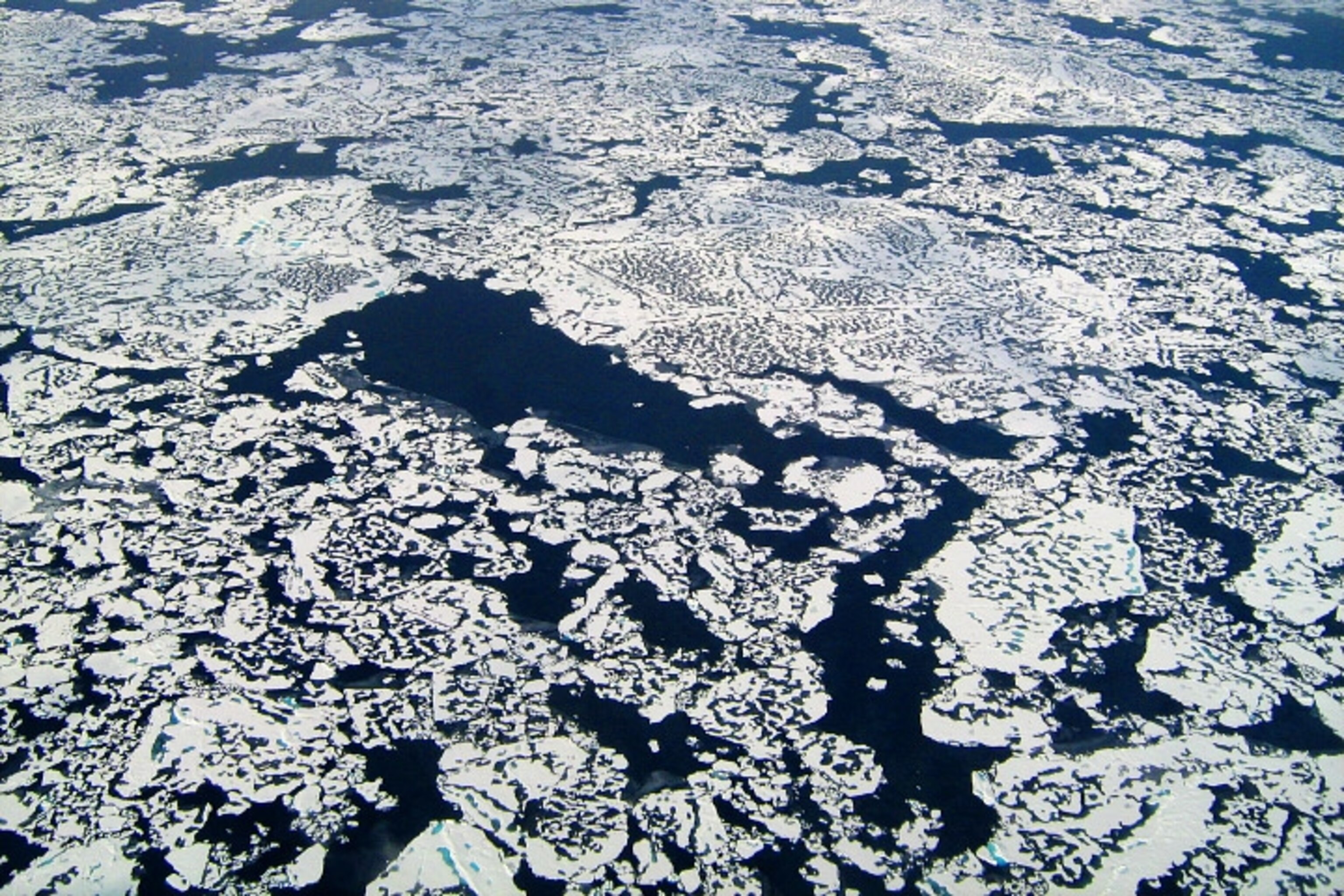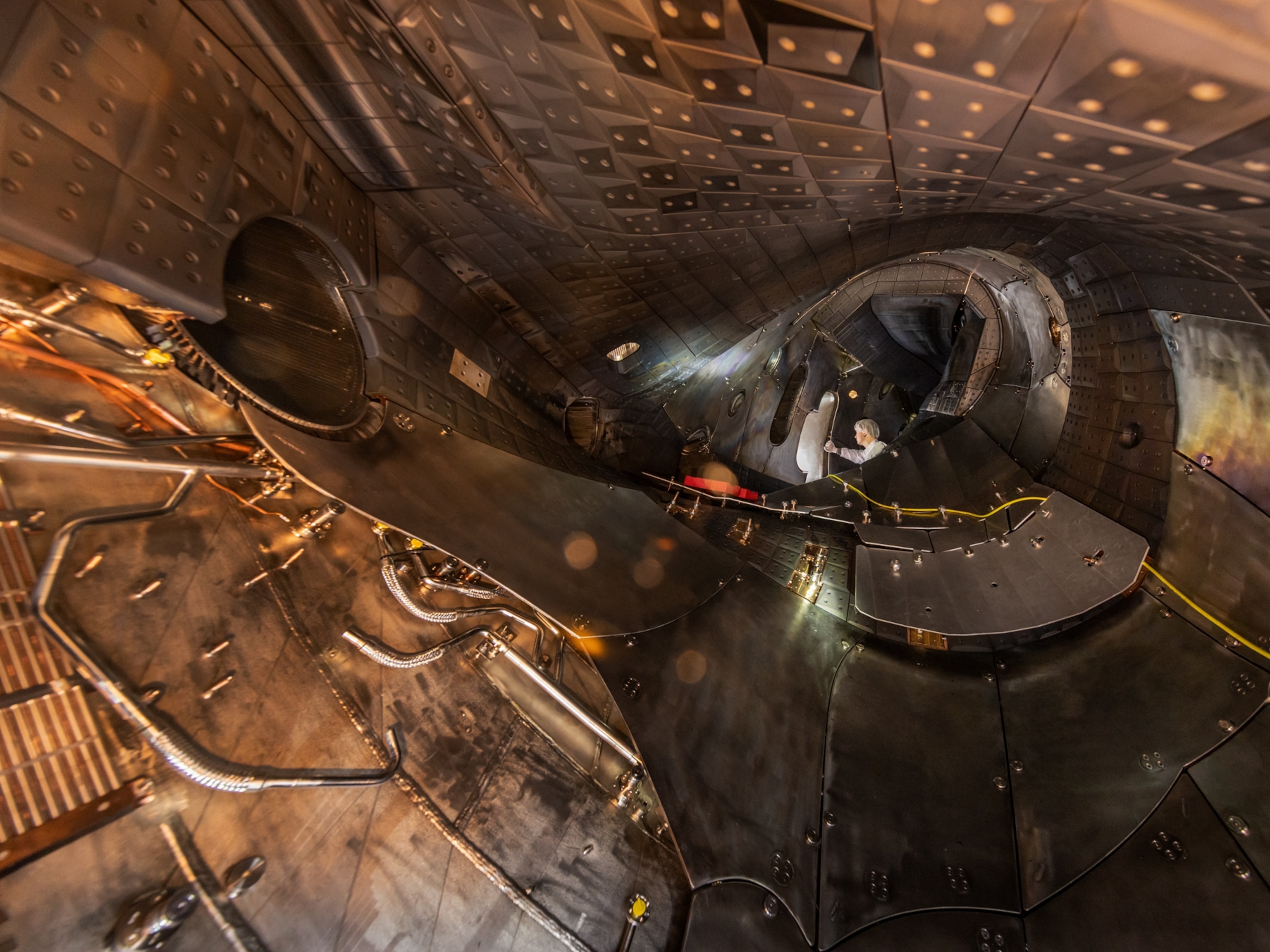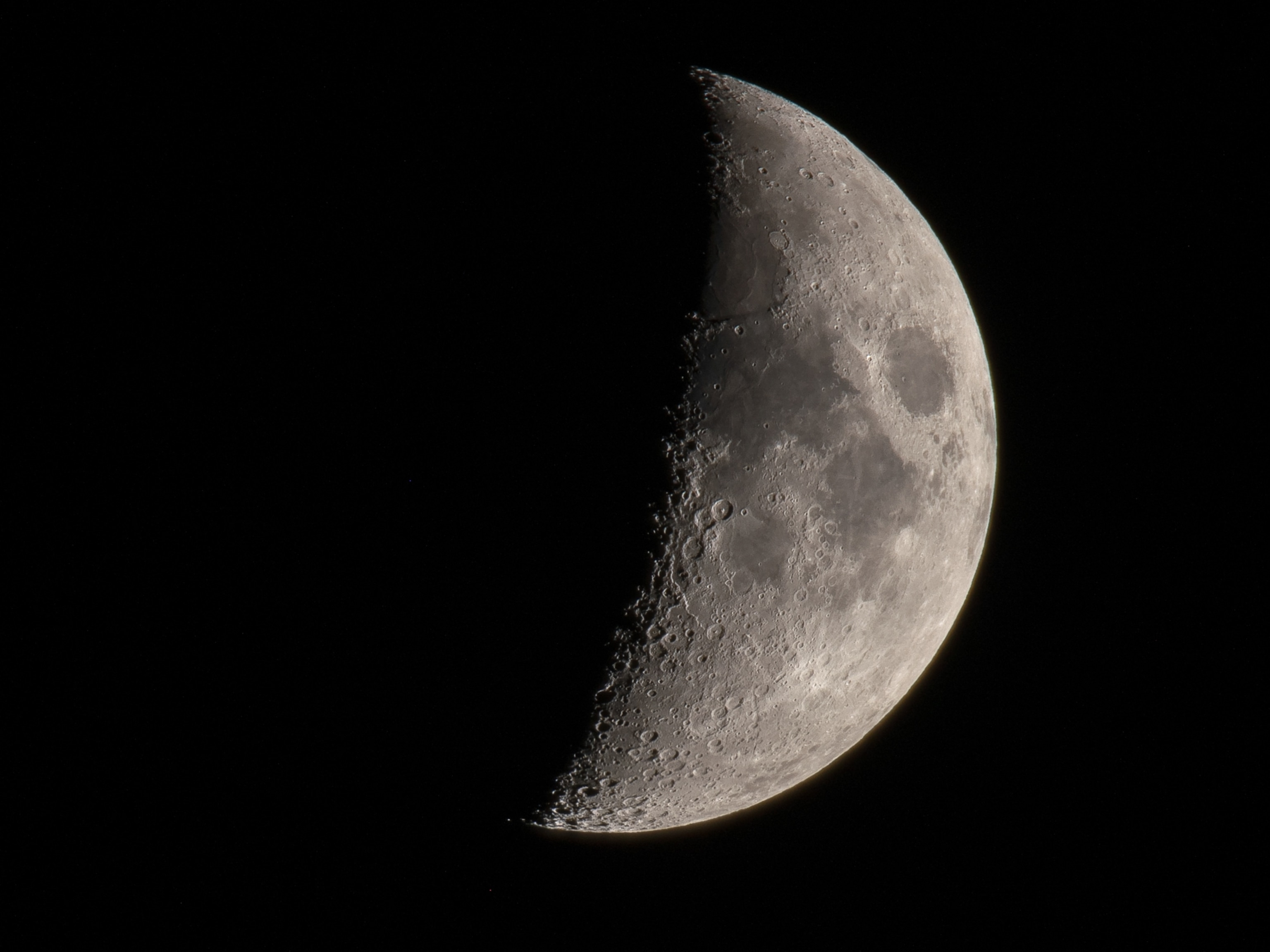
Why Canada Needs to Unlock the Unknowns of Its Icy Methane Reserves
It is often called “fire ice”: Around the world, cage-like lattices of water molecules trap untold stores of methane gas. Petroleum engineers have been familiar with these frozen compounds—properly known as methane hydrates—for years, because they block the flow of oil in pipelines. The effects of methane hydrates were highlighted in 2010, when British Petroleum’s attempts to halt the flow of oil after the Macondo well blowout in the Gulf of Mexico were complicated by the formation of methane hydrates that kept clogging pipes and valves.
Yet methane hydrates are potentially a cleaner burning, enormous energy resource, one that may contain enough natural gas to power the world for millennia and firmly secure the use of fossil fuels to meet energy demand. While study is under way to exploit this resource, little is understood about the effect of methane hydrates on climate or sea bed stability. Even their physical properties remain mysterious. (Vote and comment: “Can Natural Gas Be a Bridge to Clean Energy?“)
Although estimates vary widely, somewhere between 100,000-300,000,000 (trillion cubic feet) Tcf of methane are believed to lie locked in the world’s hydrate formations, most of which lie within oceanic sediment, under the soil within permafrost, and in submerged continental shelves. The United States Geological Survey (USGS) estimates that the amount of carbon contained within methane hydrates could be twice that of all fossil fuels on Earth.
At the same time, some fear that even small methane releases from these formations have the potential to create a feedback loop that could lead to irreversible, catastrophic climate change. While research has shown that deep sea hydrates are unlikely to break down from changing climate conditions, making the possibility of abrupt climate change remote, hydrates are still considered to have a role in influencing climate.
Recently, record high natural gas prices in Asia and a dependence on energy imports have pushed some Asian nations to look at commercially producing offshore methane hydrate resources. While it is technically difficult to extract hydrates and commercial production is not yet viable, Japan in particular has invested in research to commercialize hydrates and in 2013 was able to successfully produce it offshore. (See related photos: “Unlocking Icy Methane Hydrates, Largest Fossil Energy Store.”) Their success has generated a ripple effect, with India starting its own research programs, and some Latin American countries reporting hydrate discoveries. Some forecasts see commercial-scale production possible as early as the 2020s.
Methane hydrates create unique opportunities for Canada, because Canada possesses between 1,550 and 28,600 Tcf of methane hydrate reserves in the Beaufort/Mackenzie River Delta, in several locations within the Arctic, and along the Pacific and Atlantic Coasts. Until recently, Canada had been a leader in methane hydrate production research with the joint Canada-Japan drilling of the Mallik core in the Mackenzie Delta in 1998.
By 2008, the Mallik site was producing 53-88 thousand cubic feet (Mcf) per day: An achievement, but a modest amount, considering that an average fracking well can produce close to 1 million cubic feet (MMcf) per day at peak production. Despite the successful production, Canada shut down the program in May 2013, citing low natural gas prices. However, Canadian scientists still continue to participate in a variety of studies including but not limited to the effects of methane hydrates on climate, and the sequestration potential of carbon dioxide in methane hydrate reservoirs.
It is short-sighted to cease methane hydrate production research just because gas prices are currently depressed. Generally, basic research is not profitable, and takes years to develop fully. The ability of the United States and Alberta now to extract vast unconventional shale and oil sands resources is founded on basic research that started as primitive horizontal wells in the 1970s.
The enormous energy potential of methane hydrates makes it attractive to energy importing countries; so while production is still at the research stage, production from hydrates could potentially become the next frontier. As research proceeds in Japan and elsewhere, there are still many questions to be answered about the safety of drilling into hydrates. One concern is that subsea platforms could collapse, resulting in landslides or even tsunamis. Another is that the hydrate lattice will be disrupted, resulting in excessive fugitive methane emissions.
Canada played an integral part in the current North American energy revolution and is in one of the best positions, globally, to continue research on methane hydrate production and the potential impact on our climate. Even without the immediate need for natural gas, this research might prove critical in helping to stave off the effects of drastic climate change if increased hydrate production ends up disrupting the world’s methane hydrates enough to send gas pouring into the atmosphere, rather than into the energy market.





